Homeowners Insurance
Insuring your home

Determine how much insurance you need
Getting the proper amount of coverage when you choose a homeowner's policy can help prevent insurance hassles later.
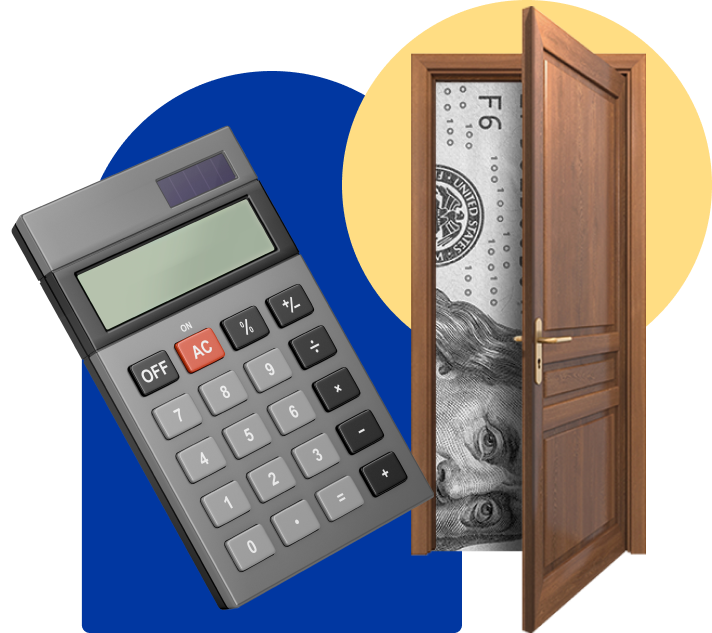
Compare home insurance companies
Get a feel for your options so you how know how to choose the best carrier for your home.

Get customized quotes for your home
Find out exactly what you can expect by getting accurate insurance quotes from top carriers.

Explore coverage add-ons
Home insurance policies may not cover everything, like floods or home-based businesses. Check out this list for common exclusions you should be aware of

Purchase your home insurance
Once all the prep work is done, it's time to finalize your homeowners insurance and get that peace of mind. Here's how to make it happen.
Reviews from top homeowners insurance providers

Bankrate Rating = 3.8/5
Bankrate scores are objectively determined by our editorial team. Our scoring formula weighs several factors consumers should consider when choosing financial products and services.

Bankrate Rating = 4.3/5
Bankrate scores are objectively determined by our editorial team. Our scoring formula weighs several factors consumers should consider when choosing financial products and services.
Bankrate Rating = 3.2/5
Bankrate scores are objectively determined by our editorial team. Our scoring formula weighs several factors consumers should consider when choosing financial products and services.
Home Insurance Resources
Weather related home insurance coverages to consider
Latest Articles
-
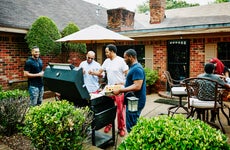
What are homeowners insurance premiums and how do they work?
Bankrate explains homeowners insurance premiums and the factors that impact it.
12 min read Apr 24, 2024 -

When and how to fight a denied homeowners insurance claim
If your homeowners insurance claim was denied, you have options. Start here.
10 min read Apr 24, 2024 -
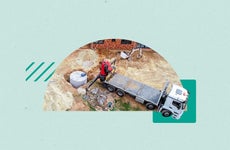
Does homeowners insurance cover septic tanks?
Septic tanks may be covered by the other structures portion of your policy.
8 min read Apr 24, 2024 -
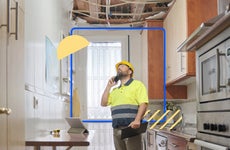
What Is a homeowners insurance peril and how does it work?
There are usually 16 named perils on a home insurance policy. Learn what they mean.
7 min read Apr 24, 2024 -
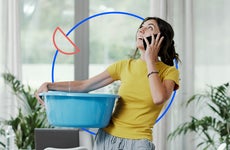
Homeowners choose minimal insurance due to rising rates. How risky is it?
Learn the risks of buying less home insurance than you need to save money.
8 min read Apr 24, 2024 -

Can lawmakers save the collapsing Florida home insurance market?
Bankrate interviewed experts to learn why the Florida insurance market is in crisis.
16 min read Apr 22, 2024 -

What is a home insurance binder?
Do you need a home insurance binder? Find out with Bankrate.
5 min read Apr 19, 2024 -
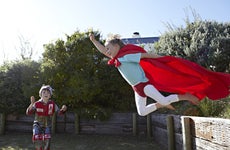
What is umbrella insurance and how much does umbrella coverage cost?
Bankrate shows how umbrella insurance works for every phase of your financial life.
11 min read Apr 19, 2024 -

Best renters insurance in Florida
Looking for renters insurance in FL? Bankrate helps you sort through the options.
9 min read Apr 18, 2024 -

The great Demotech scare of 2022: a catalyst for change in the Florida insurance market
Here’s what’s changed in FL’s insurance market since the 2022 Demotech scare.
8 min read Apr 16, 2024




